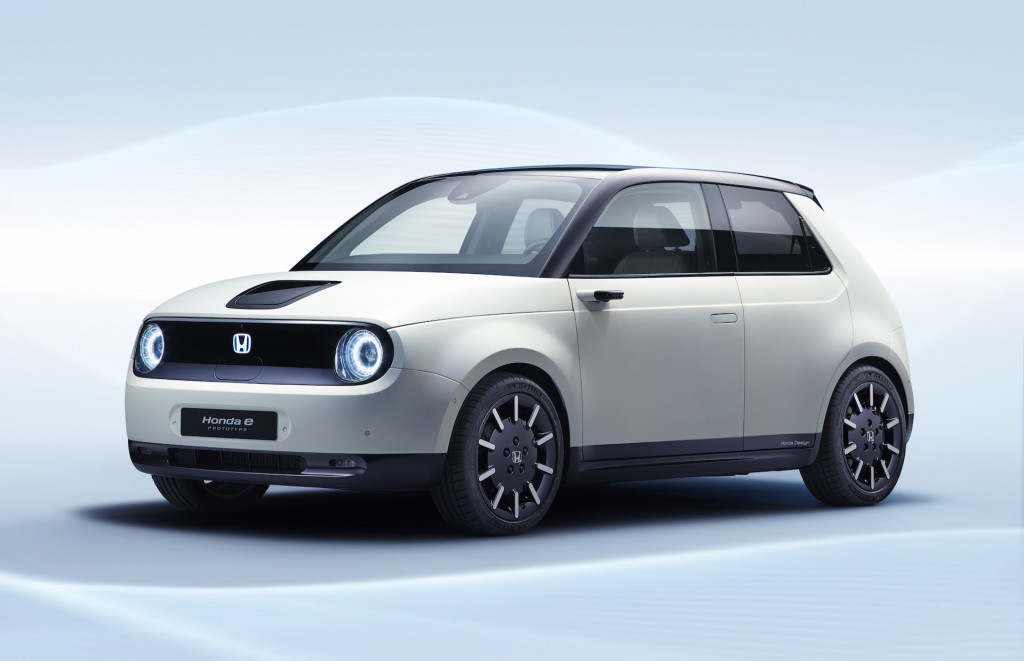Honda has said that it wants electrified vehicles to make up two-thirds of its global sales by 2030.
That goal is nothing new; it was announced back in 2016. What is new is that Honda plans to emphasize hybrids (and perhaps plug-in hybrids) over electric vehicles, well into the next decade.
Honda CEO Takahiro Hachigo, in a recent interview with Automotive News, pointed to the issues regarding infrastructure and hardware, and said: “I do not believe there will be a dramatic increase in demand for battery vehicles, and I believe this situation is true globally.”
Hachigo noted the importance of research and development, and meeting the regulations of various countries and regions, but added that he doesn’t believe they’ll go mainstream anytime soon.
What’s not clear from that statement is where that puts the company’s fully electric vehicle platform—including larger, U.S.-sized EVs—that had been under development for release by the middle part of the decade. Honda’s new global vehicle architecture, due to launch starting later this year, aims to simplify production by dividing vehicles into different zones.

2020 Honda CR-V Hybrid

2020 Honda E prototype

2020 Honda Fit
For the U.S., the CEO’s statements seem like a validation of recent moves rather than any sudden change of course. The company decided not to bring its Honda E hatchback to the U.S.; and it also, for now, isn’t bringing the latest hybrid version of the Honda Fit to this market.
Hachigo might be onto something though. If the strong sales of the Toyota RAV4 Hybrid are any gauge, bringing the Honda CR-V Hybrid to the U.S. this spring will likely make a bigger impact on cutting the real-world carbon footprint of its new-vehicle fleet.













